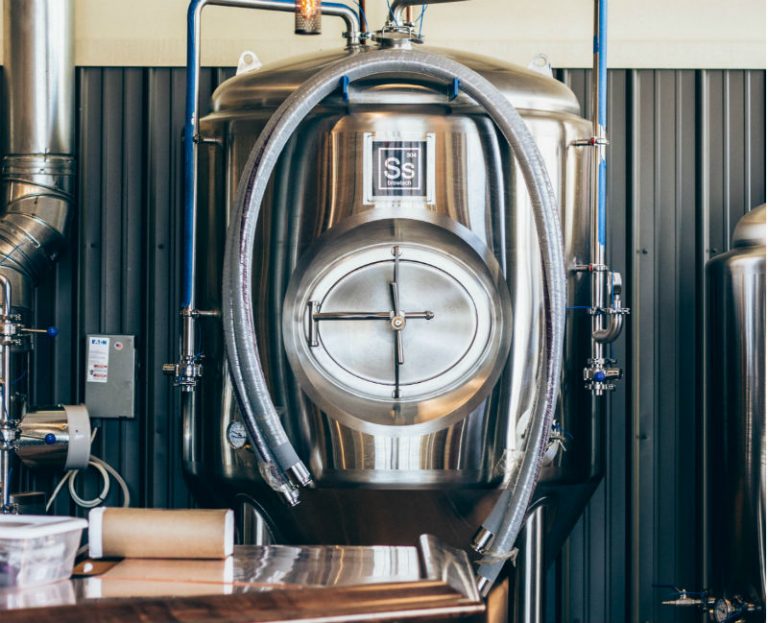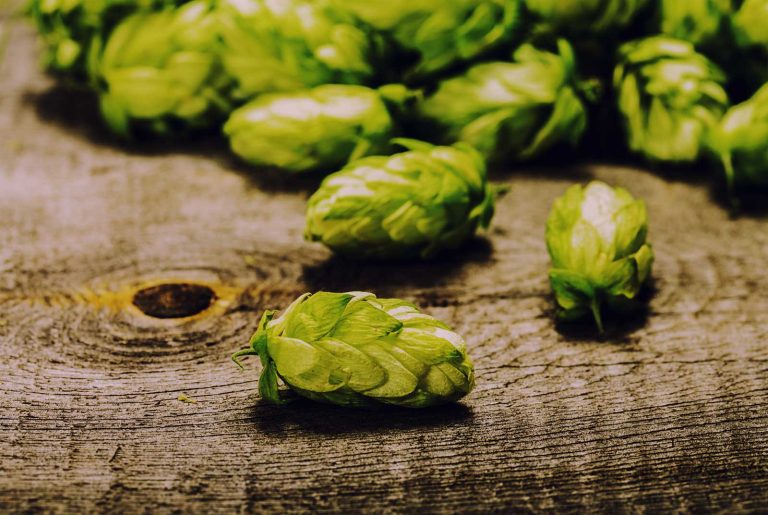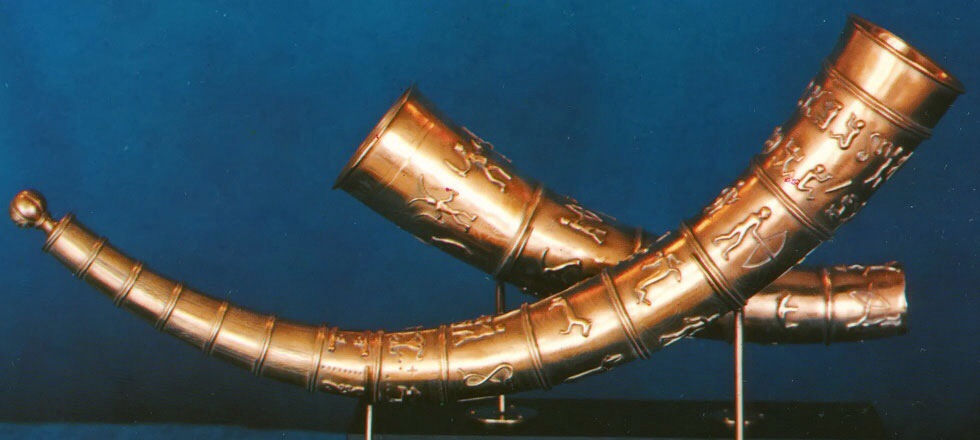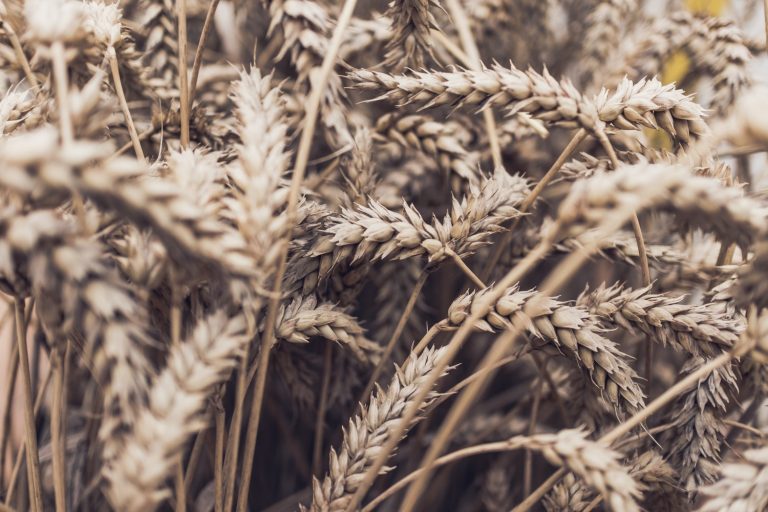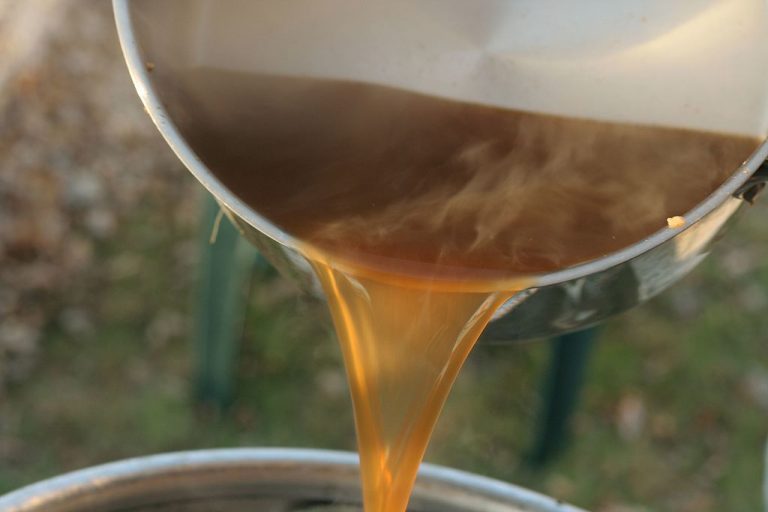A Brief History of The Stout: Enjoying The Darkest Beers
Ahh, the stout. A perfect winter warmer unless you’re like us and prefer them all year long. We love a good stout, whether flavored with coffee or peanut butter or just the way the good brewer intended them.
And for homebrewers, few beers are as easy to brew as a stout.
But stouts have a stigma. They’re big heavy beers that aren’t always friendly to timid beer drinkers. Sometimes the flavors are too powerful and sometimes they aren’t enough.
Whatever the opinion, stouts are here to stay, but to appreciate the beer we need to understand where it came from.
What Is A Stout?
Let’s start at the beginning.
Most stouts today are deep brown, sometimes black beers made with deeply roasted malts and come in a variety of styles and flavors. The most recognizable stout is arguably Guinness.
We knew you were thinking about Guinness. The infamous dry Irish stout brewed in Dublin is typically everyone’s first dark beer with its smooth creamy head and nitro pour. It is unlike most beers. Everyone thinks of Guinness at least once when hearing the word stout. Yet, while brewed for well over three centuries, Guinness didn’t start the stout craze. But let’s not get ahead of ourselves.
The first stouts were porters.
Stouts and the History of the Porter
All stouts are porters, but not all porters are stouts.
What does that even mean?
Porters were the original dark beers from England. They were strong beers, often very dark brown due to the roasted malt and barley used without an excess of hops. It was a champion of the working class, consumed by the street and river porters that kept London humming.
Street porters back then were the equivalent of today’s delivery drivers or couriers. These hardworking folk needed hearty beers and they consumed them by the barrel.
Porters had variable ABVs, and the heaviest and strongest of the porters were called strong or “stout” porters.
English influence made its way around the globe, and so did the immense popularity of porters and their heavier stout cousins, with the beers jumping across the sea to Ireland and America where brewers like the St. James Gate Brewery got a hold of the style. Although with a much lower ABV these days, the St. James Gate brewery is still churning out Guinness, it’s own version of the stout. Originally their Extra Stout went by the name “Extra Superior Porter.”
Eventually, the meaning of stout and its relation to beer changed transforming its meaning from “stronger and higher gravity” to its own separate style of dark beer. And we love them.
What To Order Now That You’re Craving A Stout
These days a stout is rarely just a stout. They come in their own rainbow of variations from the classic Irish Stout to more obscure flavor combinations like chocolate peanut butter. It’s a little overwhelming.
Let’s try to help.
Porters
It is almost unfair to lump porters in as a variation of stout when stouts are variations of porters. But we did mention porters and if you’re like us, even writing about a porter makes us want one.
Variations on porters are now as common as stout variations. For a classic try the Anchor Porter. Yup, a brewery well over a century old has a damn good porter. For the east coasters, Yuengling has a porter as well.
Our favorite (nostalgia baby, this was the first craft beer we drank) is Highland Brewing’s Oatmeal Porter.
Other variations worth trying are smoked porters and coffee porters. Dive in, add one to your flight, and bask in your new historical knowledge.
Dry or Irish Stouts
Most American and English stouts tend to be the smoother and sweeter variety, the Irish tended to keep things on the dry side. Guinness has become the world’s most recognized Irish stout and has become the benchmark for what an Irish stout should be.
Murphy’s and Beamish are two other classic Irish stouts worth scoping out. Just don’t rush into tossing a shot glass of baileys and whiskey… we’re historians now.
Sweet Stouts
More commonly thought of as English or American stouts, these are a much sweeter variety. Oatmeal or milk and their lactose smooth out the beers and make them easy to drink. Other sweet stout family members are chocolate stouts, and breakfast stouts. You know the beers we’re talking about.
Left Hand’s Milk Stout is a classic across the country (their nitro…delicious) and Southern Tier (one of our favorite breweries) brews up some remarkable and zany combinations like their White Chocolate Raspberry and their 2XSTOUT which is a heavy double milk stout. Yum.
Imperial Stouts
The big boys. The heavyweights. These heavy monsters, originally brewed in London for Russian royalty, come in at lofty ABVs (usually above 9 or 10%) and you can feel it.
A sad trend these days is that fewer and fewer Russian stouts are hitting the market, but they are worth the hunt. Imperial stouts can make for some interesting beers.
Look for flavors like Southern Tier’s Nitro Hot Cocoa imperial stout or Stone Brewing’s Imperial Russian Stout.
And there you have it. An abridged history of stouts and accidentally porters. Deep roasty beers with a personality of their own that are easy to brew and perfect not just during the cold months of winter but all year long.
Get experimental and add one to your next flight. Do all the tasting exercises and see what fits your pallet the best. And for your next batch give a clone recipe like the Edmund Fitzgerald Porter from Adventures In Homebrewing.
Cheers and good beers!


